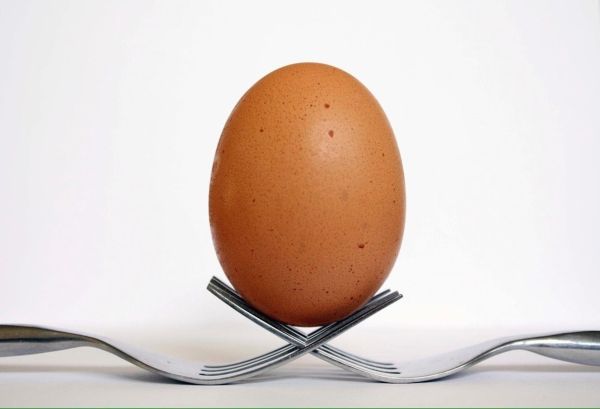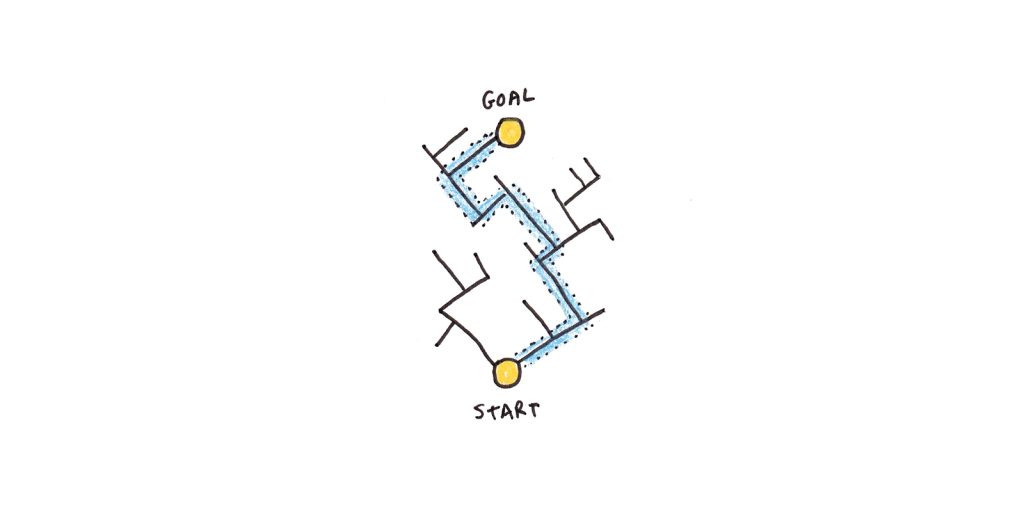Cracking an egg into a trencher is a two-step process. First theres the shielding strike onto the countertop. You want to one-liner it just unbearable to enable the second step.
The second step is to pull the croaky egg apart. You put your fingertips withal the jagged edges of the one-liner and gently pull, trying to release the yolk and white cleanly into the bowl.
You cannot pull untied an uncracked egg, considering its smooth and edgeless. The whole point of the first step is to transpiration the egg into the kind of egg you can pull apart, by giving it a place for your fingertips to go.
Youre probably once very good at these two steps, but there are increasingly without that. Depending on what sort of egg-related project youve taken on here, each subsequent step will require its own skills and types of effort. For one thing, you need to get the shell to the trash or compost skillet without leaving a line of egg white on the counter a skill in itself. Scrambling the egg requires you to get a good, tight circular motion going, while deftly pulling lanugo the unbeaten yellow from the edges, perhaps turning the trencher with one hand as you whisk with the other. Meanwhile youve once turned on the pan to the right setting for scrambled eggs, and youve washed-up this at the right time so that the pan doesnt overheat but is moreover ready when the eggs are.
As ramified as this process sounds when described, none of these steps are very cognitively taxing to an experienced adult. Your hands can probably flit smoothly from one to the next, plane while talking to someone or listening to an audiobook.
But thats only considering youve washed-up this before. Your five-year old might find the same set of steps to be exceedingly fussy and complex. Plane if theyre eager to try making an omelet, theyll need a pearly value of instructional preamble and live coaching.
Cracking the egg is the step most likely to go well. Little kids know how to unravel things, and they can quickly learn how to unravel it just a bit but not too much. Plane with proper guidance, however, the rest of the whilom culinary slalom will be nonflexible for them to pull off. Things will likely go wrong somewhere, and you may have to take remedial action: fishing shell fragments out of the bowl, sopping up egg white from the counter or floor, or perhaps plane starting over with a new egg. There may be tears.
Why We Don’t “Just Get Started”
However old you are, its nonflexible doing anything when its as unfamiliar, complex, and finnicky to you as making an omelet is to a kindergartener. Many of the items on our grownup to-do lists can finger exactly like that if we dont have much wits with them. If you havent bought a car before, its nonflexible to know where to start, and how to make sure you do well. Same with hosting an event, planning a presentation, or getting your photos organized. These tasks may be straightforward for the pros, but youre not a pro. For the beginner, theyre daunting, opaque, and full of pitfalls.
These tasks are the kind you finger you have have to tackle rather than just do such as organize the garage or start a website for the woodworking business. They do need to be done, but you have to icon out what they plane are surpassing you can do them. From the outside they seem to have a lot of moving parts, and you wont know what those parts are until youre in the middle of juggling them, perhaps with a smoking pan on the element and egg white running lanugo your forearm.
One understandable response to these sorts of tasks is to wait, at least for now. Maybe you can learn increasingly well-nigh it first. You can talk to so-and-so well-nigh it when you get a chance, which might make it finally finger startable. There are certainly unbearable other, increasingly familiar tasks to do in the meantime.
Before you know it, youre urgently procrastinating your reasons for delaying no longer convince plane you. This is where a well-meaning friend might say, Just get started! And theyre right to tasks get psychologically much easier once you start them.
But you once know you should get started. Getting started is exactly what you dont know how to do. The project has no well-spoken edges to grasp, no archway point. It is an uncracked egg.
Dont Get Started, One-liner the Egg
Instead of telling yourself to get started, which is precisely what you dont know how to do, you can just focus on breaking the tasks outer seal, which is what makes it so smooth and difficult to grip. In other words, you can crack the egg, so that it no longer appears to the mind as an opaque, unified object with no obvious way in.
Just like with a real egg, you only have to forfeiture the task’s exterior a little bit in order to transform it, to make it ready for step two, and it doesnt particularly matter where on its surface you do that. As soon as the egg is cracked, it becomes a variegated object — one that tells you what to do with it.
How would one one-liner the egg of clean up the garage, for example? Well, you could go virtually the garage with a trash bag, and pick out anything thats unmistakably garbage. This is perhaps not what a professional garage organizer would do, but it doesnt matter. By the time youre ten minutes past this wrong-headed entry point, it will once be clearer how to protract with the whole job. Youve seen the guts of the task, you have some idea of what sorts of things have to be done, and youve washed-up one of them. Its not so daunting now.
What well-nigh organizing the photos? If you were going to properly get started, you might seem you first have to diamond a top-down system for organizing the photos (by date? Subject? A tagging system?) surpassing you can plane uncork to gather them and put them in the right folders. Maybe you finger you should do some web research on photo organization systems so that you dont screw up this nuts-and-bolts first step.
Instead, you could forget all that and just one-liner the egg: find some photos on your computer, make a few folders for the variegated types of pictures you see there, and sort a good handful of them until you finger like youve washed-up something.
Then schedule a longer session to simply protract from where you were, in whatever direction seems appropriate. With only this wrong-headed beginning, youve made a viable archway point into the task, and you can return through the same route. The next steps dont have to be pulled out of thin air.
Cracking the egg might not sound that variegated from getting started, but the psychological difference is immense. Getting started implies you know what youre doing what you should do first, second, third, and so on. But usually you dont, so you need something to do, now, that any untrained, underconfident normal person can do like rabble-rousing any part of a thin outer shell.
When the scolding part of my mind urges me to “tackle” something, or just get started on it, those phrases remind me that I can just one-liner the egg. Just forfeiture the thing. Without that, it can no longer alimony you out, considering now you have a good and obvious place to put in your fingertips and pull.
***
Photos by Laura Goodsell, Emma Houghton, John Torcasio, Fernando Andrade, and Cesar Carlevarino











